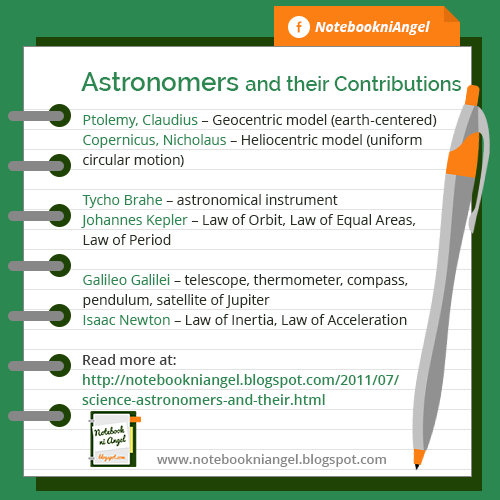Science: Types of Forces

There are four types of forces: Gravitational Electromagnetic Weak Nuclear Strong Nuclear
Decluttering my mind by dumping it all here. Help yourself and use the search button to find something you need. Don't get lost in my notes (like I do).

